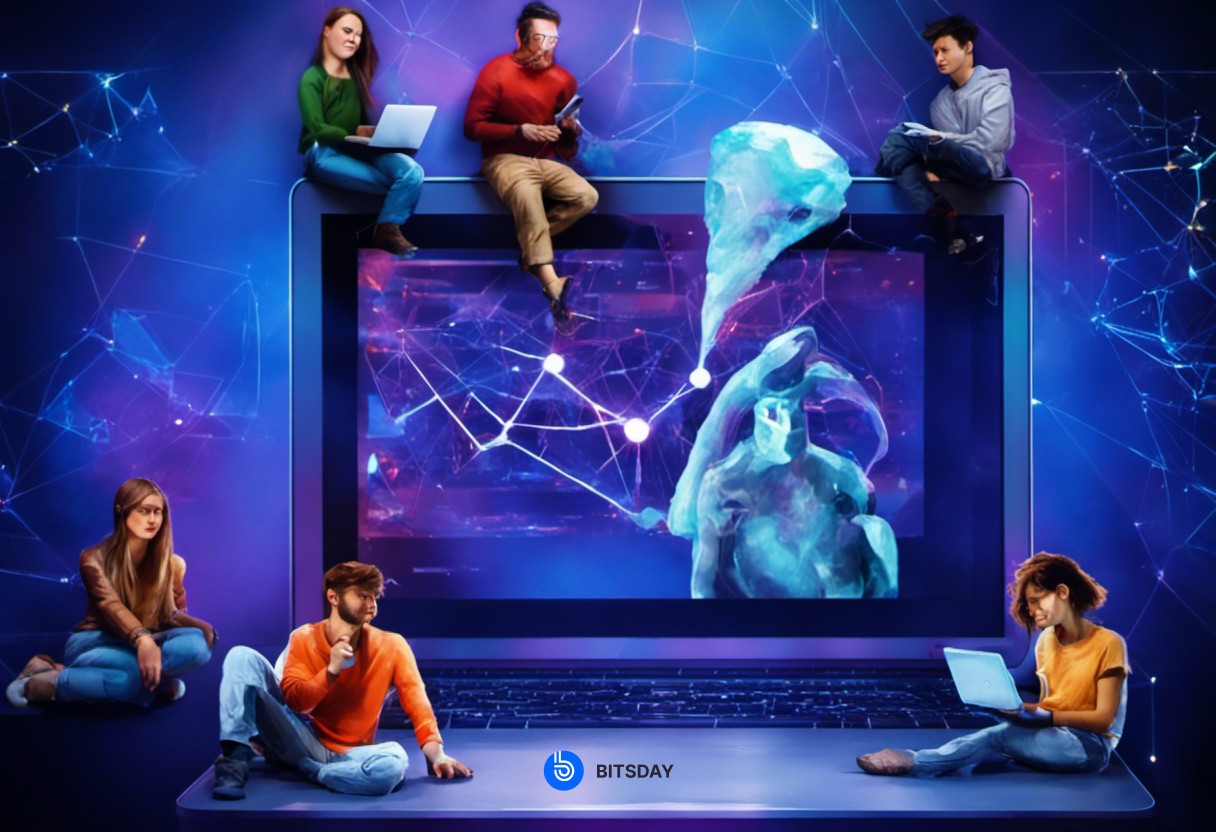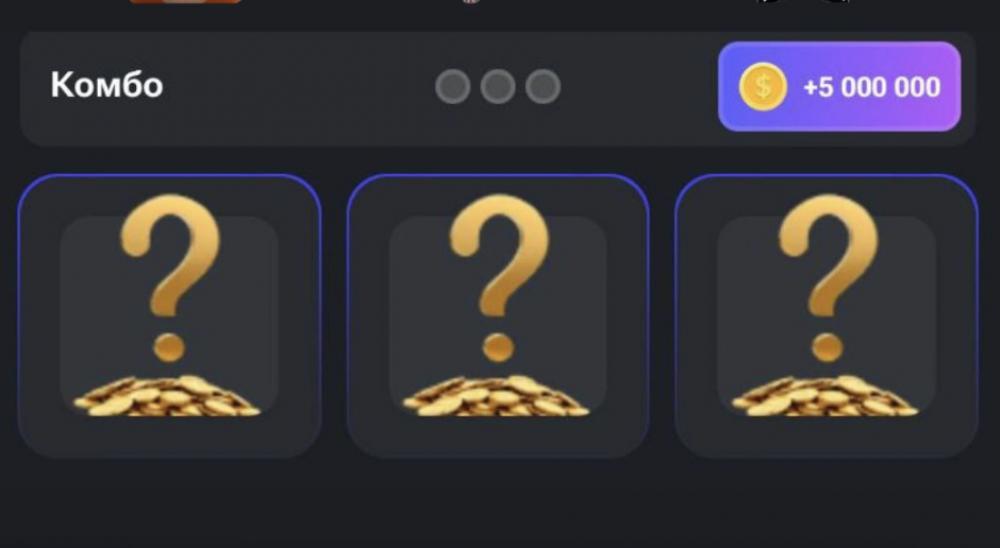Web3Ease

Circle, the renowned stablecoin issuer, has made an exciting leap into the realm of simplifying Web3 application development. This groundbreaking revelation was unveiled through an official announcement that reverberated across social media on the 19th of October.
The heart of their announcement is the introduction of a revolutionary tool, aptly christened the "Smart Contract Platform." This cutting-edge tool, presented with great fanfare, empowers developers to embark on their journey of deploying smart contracts with unmatched ease. By offering a curated selection of meticulously vetted code templates and the option to choose between a console or REST APIs, Circle aims to democratize Web3 development. The hope is to bridge the gap and facilitate a seamless transition for traditional Web2 programmers as they venture into the exciting realm of Web3.
In addition to this game-changing platform, Circle has also unveiled a highly anticipated "Gas Station" tool.
1/ Introducing Gas Station and Smart Contract Platform - built for #devs & available in beta!
— Circle (@circle) October 19, 2023
Our two new #Web3 Services products provide solutions for devs & businesses to remove cost, complexity & friction for app users. Let’s dive in to learn how our Web3 services continues… pic.twitter.com/gZnpAvYepT
This innovative tool is designed to pave the way for developers to assume the responsibility of covering gas fees on behalf of their users. This forward-thinking feature is poised to have a profound impact, significantly streamlining the often intricate user onboarding process in the Web3 landscape.
To better appreciate the significance of these developments, let's consider the conventional approach to smart contract deployment. In the Web3 realm, developers have traditionally relied on tools like Truffle or Hardhat, a landscape where Solidity, a somewhat unfamiliar programming language for many conventional developers, reigns supreme. The process typically entails crafting and executing blockchain deployment or "migration" scripts, a task that may seem alien to those more accustomed to Web2 development.
Circle's Smart Contract Platform flips this paradigm on its head. It offers an enticing array of pre-vetted templates, suitable for crafting a diverse range of smart contracts. These templates extend their versatility to the creation of non-fungible tokens (NFTs), innovative blockchain loyalty programs, and seamless integration with projects like Uniswap or other pioneering decentralized finance initiatives, not to mention Circle's stablecoin contracts. This revolutionary approach dramatically minimizes the barriers to entry, allowing developers to bypass the laborious process of building Solidity contracts from the ground up. Consequently, this platform becomes a welcoming gateway for Web2 developers looking to make their mark in the Web3 space.
Once a smart contract is meticulously crafted, Circle provides a user-friendly "no-code" console, designed for the hassle-free deployment of these contracts on the Polygon network. It's important to note that this feature, although a major boon, is currently exclusive to Polygon, with plans for future expansion to Ethereum and Avalanche networks in the pipeline.
For those who prefer a more hands-on approach, the platform extends an olive branch in the form of representational state transfer application programming interfaces (REST APIs). These APIs seamlessly integrate with Ethereum and other networks, allowing developers to manage their contracts using methods that align more closely with the familiar techniques employed in Web2 database interactions.
As the future unfolds, Circle's aspirations reach even higher. They plan to extend the availability of both the "no code" console and REST APIs to encompass additional networks in the not-so-distant future. This demonstrates their unwavering commitment to the broader Web3 developer community.
Notably, the platform's flexibility extends beyond the provided templates, allowing developers to forge custom contracts. While this requires the provision of compiled bytecode, the platform still ensures a user-friendly experience, obviating the need for complex deployment scripts. Developers can opt for the console or REST APIs to manage these custom contracts, providing a diverse toolkit for the innovative minds in the Web3 sphere.
In tandem with these developments, Circle has introduced a second jewel in their crown - the "Gas Station." This ingenious feature empowers Web3 app developers to shoulder the burden of their users' gas fees, significantly enhancing the user onboarding experience. Leveraging Ethereum's account abstraction feature, the Gas Station opens the door to gas-free transactions. A notable success story in this realm is the Grab super-app, which has seamlessly integrated this feature, allowing users to transact without the inconvenience of gas fees when redeeming NFT vouchers.
Looking ahead, Circle's roadmap is laden with promise. Their plans include an expansion to offer support for a wider array of networks, as passionately stated in their official announcement. The tide of innovation is surging, and Circle is poised to ride this wave into a brighter Web3 future.
You might also like: Ethereum Equity Lawsuit: Allegations and Actions

Trending



Press Releases

Deep Dives





 Русский
Русский


